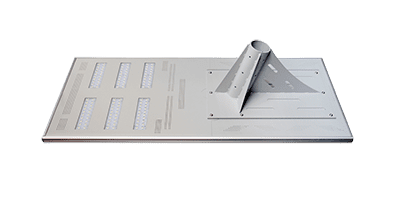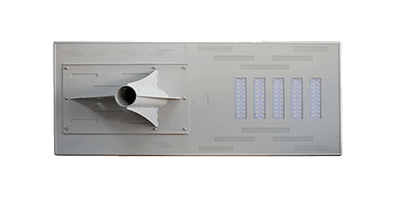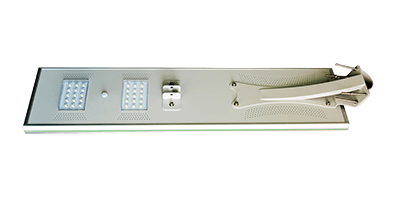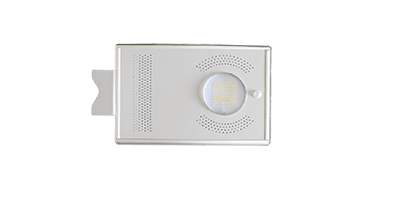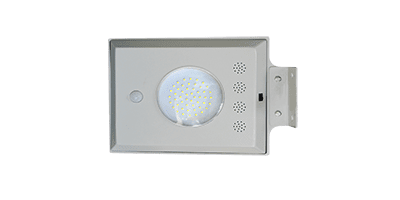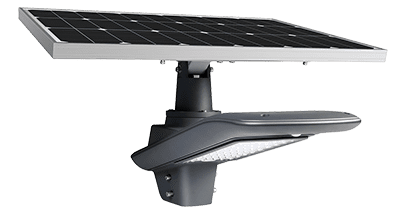Port and Terminal Solar Street Light Design Guidelines
Based on international lighting standards (CIE, IESNA) and the characteristics of solar technology, this guide covers core elements such as brightness, light efficacy, color temperature, height, and system design.
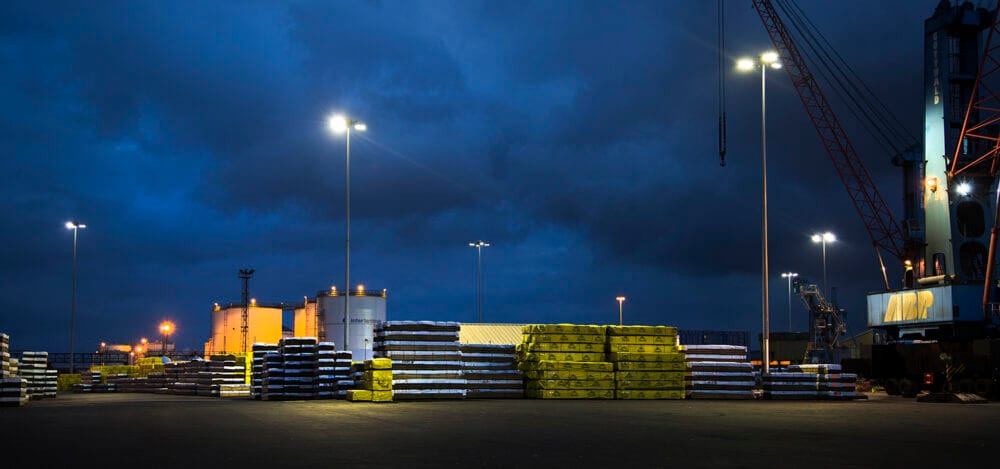
1. Brightness (Lux) and Uniformity Design
1.1 Illumination Level Classification
- Main Channels and Loading Areas: 50-100 lux (Referencing CIE M3 road standards), uniformity ≥ 0.4
- Warehouse and Parking Areas: 20-30 lux (Similar to CIE M4 level), uniformity ≥ 0.35
- Pedestrian Walkways and Auxiliary Areas: 10-15 lux, uniformity ≥ 0.3
1.2 Lumen and Light Efficacy Optimization
- LED Light Source Selection: Efficacy must be ≥ 180 lm/W (high-efficacy LED modules); total luminous flux is calculated based on area (for example: for a 1000㎡ area requiring 50 lux, total luminous flux = 1000 × 50 × 1.2 (maintenance factor) = 60,000 lm).
- Secondary Light Distribution Design: Use asymmetric light distribution to reduce spill light, increasing light utilization to over 85%.
2. Color Temperature and Color Rendering Index Requirements
2.1 Color Temperature Range
- 4000K-5000K (neutral white), balancing visual clarity and low glare, avoiding cool white light (>6000K) to reduce visual fatigue.
2.2 Color Rendering Index
- Ra ≥ 70 (ensures accurate recognition of goods labels and safety signage colors).
3. Pole Height and Material Specifications
3.1 Height Design
- Main Roads and Loading Areas: 10-12 meters (coverage width 20-25 meters).
- Auxiliary Areas: 6-8 meters (coverage width 12-15 meters).
- Installation Spacing: Pole height × 3 (e.g., for a 10-meter pole, spacing is 30 meters).
3.2 Material Selection
- Hot-Dip Galvanized Steel: Thickness ≥ 4mm, salt spray test ≥ 1000 hours (suitable for port high humidity and salt spray environments).
- Aluminum Alloy: Lightweight design, suitable for high wind areas.
4. Solar Street Light System Design
4.1 Continuous Lighting Days
- At least 5 days of autonomous operation during rainy weather (referencing IEC 62124 standards).
- Battery Capacity Calculation: Daily energy consumption (Wh) = Fixture power (W) × Daily lighting time (h).
- Photovoltaic Panel Power: ≥ Daily energy consumption × 1.5 (considering winter sunshine reduction).
4.2 Energy Storage System
- Lithium Battery: Cycle life ≥ 2000 times (better than lead-acid batteries), operating temperature -20℃~60℃.
- MPPT Controller: Conversion efficiency ≥ 98%, supporting intelligent charge and discharge management.
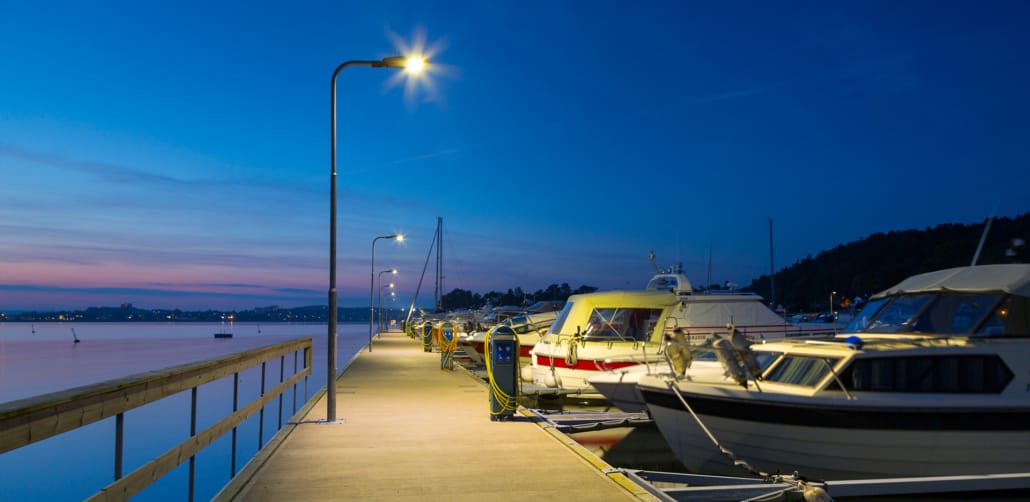
5. Automatic Lighting Control and Energy Optimization
5.1 Intelligent Control Strategies
- Time-based Dimming: Brightness reduced to 50% after midnight (saves 30%-40% energy).
- Motion Sensors: Maintain 20% brightness when no one or vehicles are detected, fully illuminate upon triggering.
- Remote Monitoring: Real-time monitoring of energy consumption and faults via IoT platform.
5.2 Environment Adaptability Design
- Wind Resistance Rating: ≥ Level 12 (light pole structure design references IEC 61439 standards).
- Protection Rating: IP66 (dust and water resistant).
6. Cost and Return on Investment (ROI) Analysis
| Item | Traditional Electric Street Lights | Solar Street Lights |
|---|---|---|
| Initial Cost (per unit) | $800-$1,200 | $1,500-$2,000 |
| Annual Maintenance Cost | $100 (electricity + maintenance) | $20 (only maintenance) |
| Lifetime | 10-15 years | 20-25 years |
| Payback Period | – | 3-5 years |
ROI Calculation Example
For a port installing 100 solar street lights with a total cost of $200,000, annual savings from electricity is $10,000, and maintenance costs $8,000.
Payback period = $200,000 / ($10,000 + $8,000) ≈ 11 years (the payback period can be shortened to 7 years with government subsidies).
7. International Standards References
- CIE 115:2010: Requirements for road luminance and uniformity.
- IESNA RP-8-14: Lighting control and energy efficiency standards.
- IEC 62124: Testing standards for photovoltaic systems performance.
This guide balances functionality, energy efficiency, and economy, suitable for global port terminal lighting projects. Specific parameters should be adjusted based on local meteorological data (e.g., sunshine hours, wind speed).

